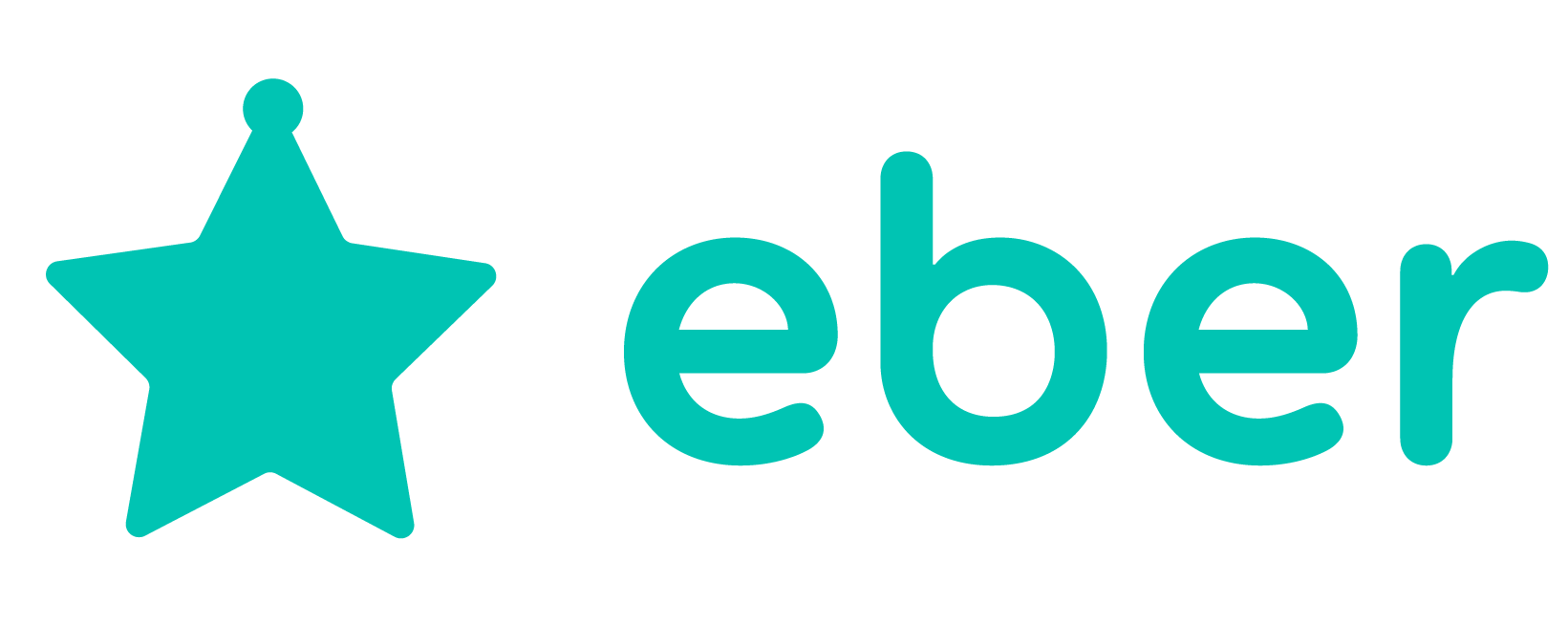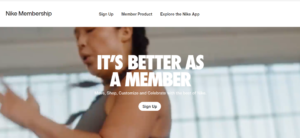CX and UX are often used interchangeably, explore how they actually work hand in hand to optimise your CX strategies.
There’s a lot of confusion regarding the differences between customer experience (CX) and user experience (UX). Some people even use them interchangeably, thinking both terms are one and the same.
CX and UX are both critical for business growth and success. Both draw attention to building more compassionate and useful products and experiences in different ways.
So, what exactly is the distinction between the two, and how do they complement each other?
Although there is a significant difference between customer and user experience, they are also closely related. Many strategies and approaches used in customer experience management, customer journey mapping, and other areas are also present in user experience and service design.
If you want to enhance consumer experiences, you must also improve user experiences in various ways and perform user research.
The distinction between the two is quite straightforward. Customer experience is more widely encompassing. The customer experience refers to the entire interactions of an individual with a brand, from finding its services, touchpoints, interaction with staff, experience with the products or services, and so on.
This holistic view of the CX is critical since it shows that every client experience is essential, with each affecting how they will perceive a brand.
On the other hand, user experience pertains to how people engage with your products or services and their experience with those encounters. Good user experience ensure that the products and services offered answers to the needs and expectations the end-users.
Simply put, UX is more focused on the journey of the user with the product or service, specifically in terms of functionality, usability, value, efficiency, and ease of use.
If you need a more in-depth explanation about CX vs. UX, you’ve come to the right place. Below, we have laid out all the important parallels and distinctions between UX and CX.
Customer Experience: A Wider View
As stated above, CX comprises all interactions a customer has with all parts of a company—including a specific product under a brand or a particular service they provide. In a nutshell, it measures customer behavior towards a product, which results from all the company’s interactions with the consumer.
In this approach, CX covers the user experience. Various businesses hire CX professionals to analyze and evaluate how customers perceive their brand and find better ways to improve customer interactions.
Customer experience encompasses a company’s advertising approach, branding reliability, customer support, pricing, delivery methods, product usability, and the entire sale process.
In addition, you can assess customer experience in terms of the overall experience: how likely a customer is to return or repurchase, how likely a consumer is to promote the product or service to others, etc.
Customer experience strategies include evaluating the bigger picture and closely examining all thoughts and emotions associated with the brand.
Customer experience explores the whole customer journey. User experience, in contrast, is part of the larger customer experience but is more limited in terms of overall product feel.
User Experience: A Closer Look
User experience is more specific in terms of its coverage. User experience refers to how people engage with products and the experience they obtain from that interaction. In general, when we talk about user experience these days, we’re referring to digital user experiences, such as a person’s interaction with a web page, application, or software (or all three).
The total user experience is concerned with the design of the user interface. How functional is it? How fast or slow does the webpage or software load? How would the user describe the design, navigation, comprehension, comprehensibility, and visual hierarchy? Can a user easily explore the web page, app, or software?
Crucial insights such as rate of success, the margin of error, bounce rate, duration to completing tasks, and clicks to completion are important KPIs for assessing user experience.
Users should be able to access information quickly and easily. They should execute their intended action to conveniently navigate the site’s pages without difficulty. Great UX is found at the crossroads of usefulness, usability, and desirability. These qualities constitute a good and reliable UX design.
What are the Main Distinctions Between UX and CX?
Theoretically, UX and CX are comparable and similar, but they are separate concepts. The key difference between the two is that, although user experience is concerned with how a user engages with a product, customer experience is concerned with the customer’s overall experience with the brand.
Mobile interactions, websites, advertising, customer service, the sales process, and customer support are just a few of the touchpoints that customer experience specialists deal with. A user experience designer also considers consumer interactions, but they are more focused on a specific product. In this perspective, UX is a component of CX, which means CX encompasses UX.
Another distinction between UX and CX is the emphasis on daily activities. A Customer experience designer will primarily concentrate on tactics to improve customer experience and satisfaction while enhancing the brand’s image.
A user experience designer will often have comparable goals, but will employ different usability, UI, and visual design techniques. As a result, the term “user experience” is now most typically applied to digital products, as mentioned previously. Customer experience, on the other hand, is widely employed in the service divisions of an organization.
Both CX and UX designers conduct extensive customer research. CX professionals frequently work with huge groups of consumers and users. On the other hand, UX designers usually specialize in user personas or highly specific groups of individuals. Customer experience is more concerned with the people who make the purchases, whereas user experience is more concerned with the people who utilize the product.
How CX and UX Work Together
Now that we’ve established their differences, let’s look at how UX and CX interact with one another.
Because user experience is an essential component of customer experience, the two disciplines can complement each other in a variety of ways.
Both CX and UX are concerned with the consumer’s degree of pleasure and satisfaction while dealing with a company and its products and services, albeit focusing on different aspects of the whole customer journey.
If a user finds it difficult to navigate a brand’s website, they are likely to abandon the site without taking any desired action. This entails a poor user experience implementation.
In the same vein, if a consumer is dissatisfied with a company’s marketing, customer service, or purchasing procedure, this shows poor customer experience practices.
There’s a strong probability they won’t have the opportunity or desire to purchase a product and service offered by that company again.
Understanding the crucial relationship between CX and UX can significantly impact a company’s overall success in growing its bottom line. It is no longer sufficient for a company to have a high-quality, user-friendly product; businesses must also prioritize setting up a good foundation for user interaction and customer engagements.
Moreover, consumers will pay better if they have a good relationship with a company and an excellent experience with their products or services.
That’s why it’s important to pay attention to consumer feedback and how they rank their experiences purchasing it, contacting assistance, or even ending its use. To counter this, having a visually attractive or well-advertised brand isn’t enough if people can’t even figure out how to use what they’re selling.
Because the two concepts are connected, many firms are looking for employees working in both areas. A CX designer who can consider consumers’ concerns about their experience using a specific product are more likely to boost customer satisfaction.
Meanwhile, a UX designer who understands their users’ purchasing behaviors and customer service demands may frequently build a superior interface or product. In either discipline, knowledge of both can be incredibly advantageous.
Boosting Customer Experiences and User Experiences
Make no mistake. UX has a significant impact on total CX.
Here are four ways it can upgrade customer experience:
- Encourage communication – Don’t bury a customer helpline where it’s difficult to find. You want your communication line to be open and connection as simple as possible. Make clear and conspicuous calls to action or use modals to elicit a response.Customers want to be heard, but it’s up to you to make it happen. The aggregate input will also give insights for product improvement in terms of UX.
2. Acknowledge customer feedback — Acknowledging feedback and suggestions from customers and letting them know of the changes being implemented shows that you care about how they interact with your brand.
Make sure that the tonality of your products and webpage remains consistent with the tone of customer service responses.
3. Combine channels in the correct context – People perform multiple tasks using more than one device, so implementing a multi-device experience is a good strategy.
You can apply this to CX by connecting customer support or other related services or products at the appropriate touchpoint. For instance, an instant messaging feature can be added to the site, which is a significant time-saver for all users.
For UX, it’s crucial to ensure you build a responsive website that can adapt to any screen size (e.g., mobile, tablet, and laptop) without compromising form and function.
4. Provide context across teams – Customer service or supply chain teams don’t oversee product development, but they must be involved in the process. Designers should ask for their feedback on feasibility and explain how their responsibilities contribute to the product’s potential.
Customer journey maps can then be used so everyone can visualize the full experience.
Summing it Up
In this extremely competitive world, many companies strive to make themselves stand out among their competitors while appealing to a diverse range of potential customers. Organizations must devote time to understanding their users and consumers by evaluating UX and CX.
While there may be contrasts between the experiences of a customer and a user, brands who can empathize with both are more likely to build better products, develop effective marketing tactics, and increase customer satisfaction.




